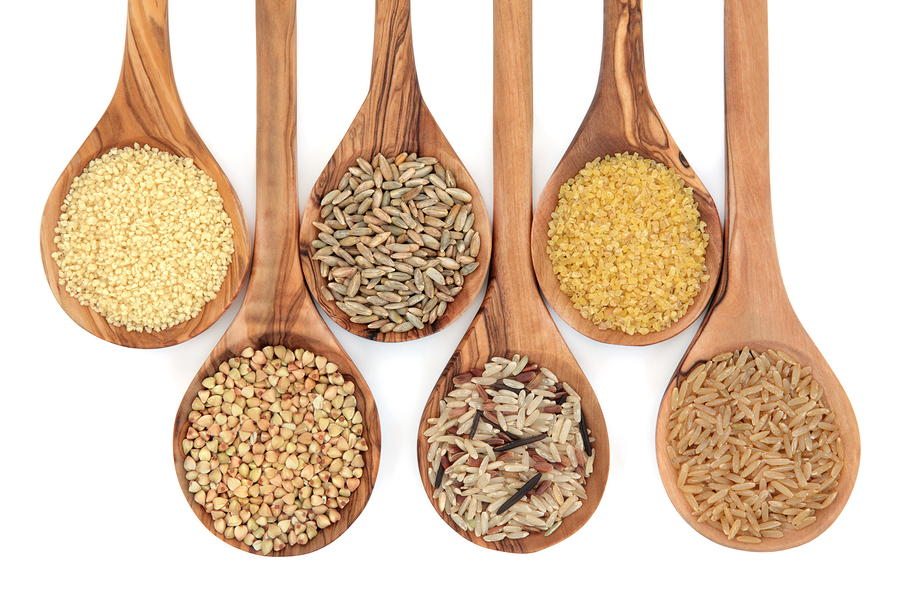People who have problems with their blood sugar level must be familiar with the glycemic index (GI). What is GI? For a comprehensive reading, read about it at Glycemicindex. For a quick look, this guide will be very useful (you can also view Men’s Journal’s guide here).
GI is a measure or indicator of how fast blood sugar rises in a person after eating certain kinds of food. The fuss with GI starts with carbohydrates, particularly simple carbohydrates that come from sugar, refined flour, and honey. The digestive system breaks down the carbohydrate and sugar is released into the blood stream. The pancreas produces insulin as a response to blood glucose. Insulin does a lot of things in the body, including telling the fat cells to store fats.
>>> Trainer Q&A: How to Eat Healthy on a Budget
>>> Expert Roundtable: Tips For Eating Healthy
>>> Healthy Bread: Whole Wheat vs. White
According to book author Gary Taubes, when everything is functioning properly, the body stores fats and releases them when energy is expended. Taubes likened this to money put inside a wallet and taken out regularly. In ideal conditions, fats should not accumulate.
Sugars found in fruits and desserts result in large insulin levels. More simple carbs mean more sugar and more insulin. More insulin result to fat cells holding more fats. Losing weight will require cutting back on carbs and simple sugar. Insulin must be lowered to levels that will compel the body to use the stored fats as energy.
It’s obvious that simple carbs are the culprit. There are beneficial carbs that do not raise the blood sugar as quickly as simple carbs do. Complex carbs, as they’re called, provide nourishment to the body as well. Legumes are high in protein and fibre. Whole grains and leafy vegetables are rich in vitamins and minerals.
This is when understanding GI is important. Glycemic index ranks food based on their carbohydrate content and affect on blood sugar. Food high in GI (greater than 70) cause the blood glucose to go up, while food low in GI (lower than 55) don’t impact blood glucose so heavily. Pretzels (GI=83), watermelon (GI=72), and white bread (GI=70) are just a few of high-GI foods. Examples of low-GI foods are black beans (GI=20), vegetables (GI=33), oat-bran bread (GI=32).
Identifying which food has high or low GI sounds like tricky business. Choose healthy food the easier way by taking note of the following tips:
- Choose whole-grain flours over refined flours.
- “100% whole wheat” is not the same as “100% wheat.”
- Buy bread products that are sprouted-grain, 100% whole-wheat, or oat-bran.
- Brown rice is more beneficial than white rice.
- Better than rice are whole-kernel grains, such as barley and quinoa.
- Opt for less-processed food.
